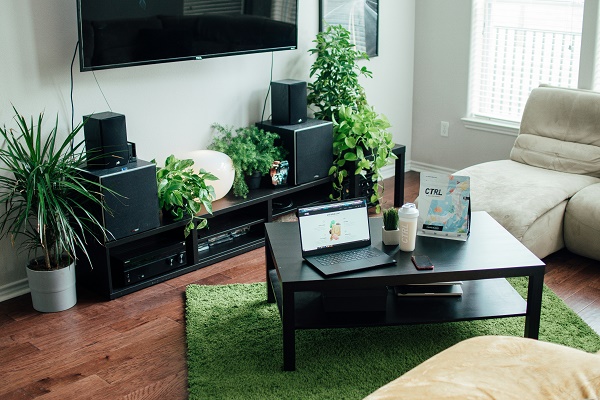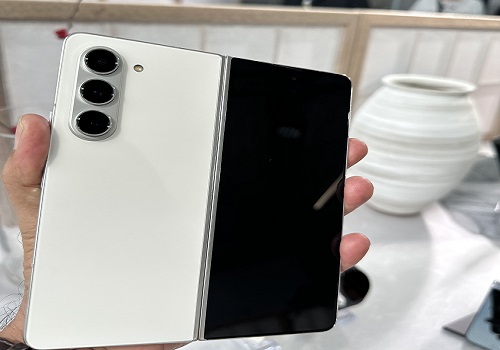How Smart Home Gadgets Are Revolutionizing Everyday Living

In recent years, the concept of a “smart home” has moved from a futuristic idea to a present-day reality for millions of people worldwide. Smart home gadgets — from intelligent thermostats and voice-controlled assistants to automated lighting and security systems — are transforming how we interact with our living spaces. These innovative devices are not only enhancing convenience and comfort but also improving energy efficiency, security, and overall quality of life.
The Rise of Smart Home Technology
The evolution of smart home gadgets has been driven by advances in the Internet of Things (IoT), artificial intelligence (AI), and wireless connectivity. These technologies enable everyday objects to communicate, learn user preferences, and perform tasks autonomously or via remote control through smartphones and other connected devices.
Smart speakers like Amazon Echo and Google Nest have introduced voice assistants into many homes, allowing users to control lights, play music, check the weather, or even order groceries simply by speaking. Meanwhile, smart thermostats like Nest and Ecobee learn homeowners’ habits and adjust temperatures accordingly, helping to reduce energy consumption and lower utility bills.
Convenience and Customization at Your Fingertips
One of the greatest benefits of smart home gadgets is the ability to customize your environment effortlessly. Imagine arriving home after a long day to lights that turn on automatically, the thermostat set to your preferred temperature, and your favorite playlist ready to greet you. Smart home ecosystems can coordinate these tasks seamlessly, adapting to your lifestyle and preferences.
Automation routines take convenience a step further by allowing multiple devices to work together. For example, a “Good Morning” routine might open smart blinds, brew coffee, and turn on the news, all triggered by a single voice command or scheduled time.
Enhanced Security and Peace of Mind
Home security has been radically improved with smart cameras, doorbell cameras, smart locks, and motion sensors. These gadgets allow homeowners to monitor their property in real-time from anywhere in the world. Alerts notify you instantly of unusual activity, while two-way audio features enable communication with visitors or delivery personnel without opening the door.
Smart locks provide keyless entry options and temporary access codes, which are perfect for guests or service providers. Integration with security systems can even trigger alarms or notify authorities if a breach is detected, providing a comprehensive and proactive approach to home safety.
Energy Efficiency and Sustainability
Smart home gadgets are playing a pivotal role in making households more energy-efficient and environmentally friendly. Intelligent lighting systems adjust brightness based on natural light availability and occupancy, significantly reducing unnecessary power use. Smart thermostats optimize heating and cooling cycles to conserve energy without sacrificing comfort.
Moreover, smart plugs and energy monitoring devices provide insights into which appliances consume the most power, empowering users to make informed decisions to reduce their carbon footprint and save money.
Challenges and Considerations
Despite their many advantages, smart home gadgets come with challenges that users should consider. Privacy and data security remain top concerns, as connected devices collect and transmit personal information. It’s crucial to choose products from reputable brands with robust security features and keep software updated regularly.
Additionally, compatibility between different smart home devices can sometimes be an issue, requiring users to carefully plan their ecosystem or rely on universal hubs or platforms for seamless integration.
The Future of Smart Living
As technology continues to advance, smart home gadgets will become even more intuitive, personalized, and integrated. Future innovations may include smarter AI capable of predicting needs before users express them, increased use of renewable energy integration, and more accessible solutions for elderly or differently-abled individuals.
Ultimately, smart home gadgets are more than just convenient tools—they represent a shift towards living spaces that actively enhance our well-being, efficiency, and security.
























